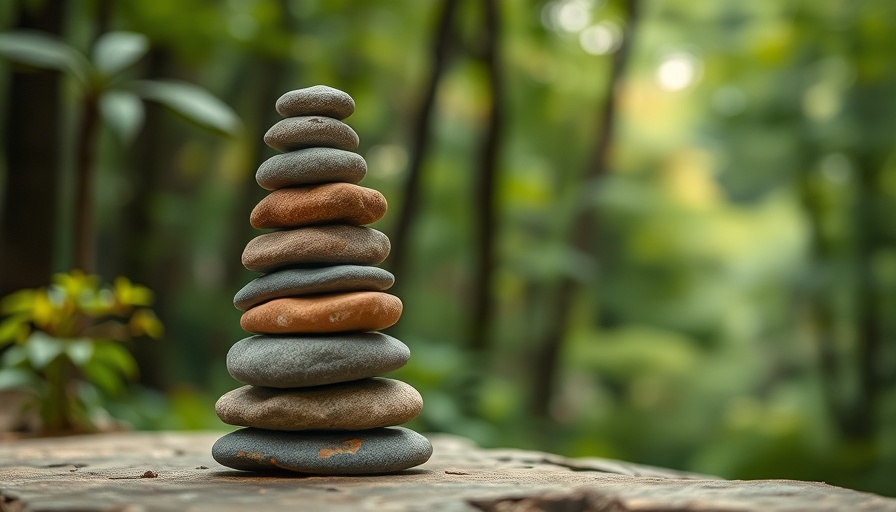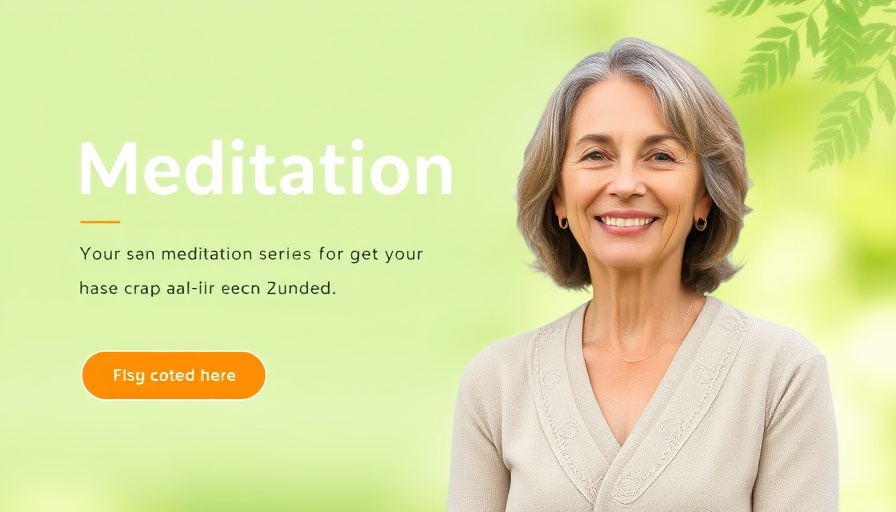
Understanding Your Digital Usage: A Necessary Reflection
In an age dominated by technology, the need to critically assess our motivations for its use is more important than ever. With smartphones pinging notifications and social media ever-present, we often find ourselves losing track of why we initially engaged with these tools.
Mindfulness expert Jay Vidyarthi suggests that a genuine desire for a healthier relationship with technology starts with self-awareness. Exploring our motivations not only brings clarity but also enables us to reshape our digital habits in ways that serve our well-being.
Finding Balance in a Tech-Driven World
Recent studies underscore the correlation between excessive tech use and increased levels of stress and anxiety. As Vidyarthi notes, technology can satisfy emotional needs in ways that may temporarily feel fulfilling but ultimately lead to imbalance. This necessitates a reflective practice to delve into our personal triggers for tech engagement.
Consider the patterns in your tech usage: are they born from boredom, a need for validation, or perhaps an escape from reality? Identifying these motivations can lead to a more intentional approach, transforming a mindless scroll into a meaningful engagement.
The Power of Contemplation: Why Do You Use Tech?
Vidyarthi encourages individuals to ask themselves why they seek a better relationship with technology. This contemplative practice can be enlightening. For example, if your answer is to feel less stressed, dig deeper—what aspects of tech do you believe contribute to your stress? Through this process of questioning, individuals can unveil underlying truths about their emotional relationship with technology.
As you ponder these questions, consider the role that tech plays in your life. Does it bring joy or complicate your mental space? Acknowledging the impact of technology can shape how you decide to use it moving forward.
Creating a Mindful Tech Environment
Incorporating technology mindfully does not involve a complete withdrawal. Instead, it invites a conscientious selection of how we engage with the digital world. Vidyarthi suggests creating dedicated tech-free times or zones in your daily schedule to cultivate a sense of balance.
Furthermore, harness positive experiences with technology. Whether it’s a hobby that connects you with others or online resources that enrich your life, recognizing the beneficial aspects of tech can affirm your decision to keep certain technologies present in your life.
Connecting with Others: The Ripple Effect
How we use technology impacts those around us, from family and friends to coworkers and even casual interactions with service providers. A more mindful approach to tech use fosters healthier interactions and can improve relationships. When we prioritize presence and connection with others over endless notifications, we contribute to stronger support systems.
Moreover, sharing insights about your journey toward mindful tech use can inspire others in your circle to reflect on their own patterns, creating a communal culture of awareness and balance.
Looking Forward: A Tech-Conscious Future
As technology continues to evolve, so too should our approach to it. The questions posed in Vidyarthi’s meditation serve as a guide for us to maintain a balance. Recognizing our motivations can steer us toward creating healthier habits that prioritize mental well-being over fleeting digital distractions.
Future predictions suggest that a significant shift toward digital wellbeing practices will shape how we interact with technology. Innovators and businesses are beginning to recognize the need for tools that encourage healthier usage patterns—means designed to enhance rather than detract from our quality of life.
Take Action: Transform Your Digital Experience
By practicing virtual mindfulness and intentionality, you can redefine your relationship with technology. Invite a friend or family member to join you in your journey of reflection, share insights, and set collective goals. This is an opportunity not just to seek balance for yourself, but to inspire those around you to contribute to a healthier digital environment.
In conclusion, your motivations for technology use offer a window into your emotional landscape. Through self-exploration and mindful practices, we can cultivate a relationship with technology that serves our well-being, fosters connection, and promotes a balanced lifestyle.
 Add Row
Add Row  Add
Add 




Write A Comment